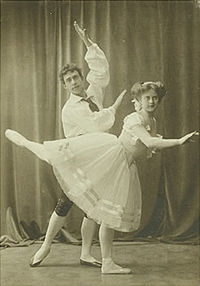
Naples is the regional capital of Campania and the third-largest city of Italy, after Rome and Milan, with a population of 909,048 within the city's administrative limits as of 2022. Its province-level municipality is the third-most populous metropolitan city in Italy with a population of 3,115,320 residents, and its metropolitan area stretches beyond the boundaries of the city wall for approximately 20 miles (32 km).

Masaniello was an Italian fisherman who became leader of the 1647 revolt against the rule of Habsburg Spain in the Kingdom of Naples.
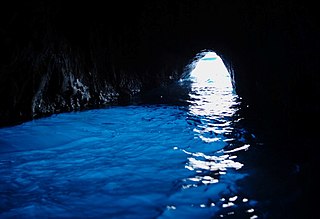
The Blue Grotto is a sea cave on the coast of the island of Capri, southern Italy. Sunlight passing through an underwater cavity and shining through the seawater creates a blue reflection that illuminates the cavern. The cave extends some 50 metres into the cliff at the surface, and is about 150 metres (490 ft) deep, with a sandy bottom.

Niels Wilhelm Gade was a Danish composer, conductor, violinist, organist and teacher. Together with Johan Peter Emilius Hartmann, he was the leading Danish musician of his day, in the period known as the Danish Golden Age.
La Sylphide is a romantic ballet in two acts. There were two versions of the ballet; the original choreographed by Filippo Taglioni in 1832, and a second version choreographed by August Bournonville in 1836. Bournonville's is the only version known to have survived and is one of the world's oldest surviving ballets.
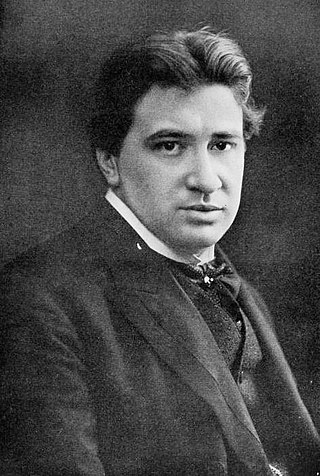
I gioielli della Madonna is a opera in three acts by Ermanno Wolf-Ferrari to an Italian libretto by Carlo Zangarini and Enrico Golisciani, based on news accounts of a real event. First performed in 1911, the opera's controversial themes include love between a brother and his adopted sister, implied criticism of the Catholic Church, and an on-stage orgy.

Angelo is an opera in four acts by César Cui, composed during 1871–1875, with a libretto by Viktor Burenin based on Victor Hugo's 1835 prose play, Angelo, Tyrant of Padua. This same play formed the basis of Saverio Mercadante's Il giuramento of 1837, Amilcare Ponchielli's La Gioconda, which premiered in the same year as Cui's opera (1876), and Alfred Bruneau's Angelo, tyran de Padoue of 1928.
Canzone napoletana, sometimes referred to as Neapolitan song, is a generic term for a traditional form of music sung in the Neapolitan language, ordinarily for the male voice singing solo, although well represented by female soloists as well, and expressed in familiar genres such as the love song and serenade. Many of the songs are about the nostalgic longing for Naples as it once was. The genre consists of a large body of composed popular music—such songs as "’O sole mio"; "Torna a Surriento"; "Funiculì, Funiculà"; "Santa Lucia" and others.
Ambra Vallo is an Italian classical ballet dancer. Born in Naples, Italy, she is a principal dancer with the Birmingham Royal Ballet.

The Flower Festival in Genzano is a one-act ballet by Danish choreographer and ballet master August Bournonville (1805–1879). Bournonville created the work for Denmark's Royal Ballet on December 19, 1858, at the Royal Danish Theatre, on the basis of Danes' general enthusiasm for Italy. The libretto, which is adapted from a tale in Impressions de voyage by Alexandre Dumas, tells the story of a pair of young lovers, Rosa and Paolo, which alludes to the festival still celebrated each June in Genzano, Italy. The music is by Edvard Helsted and Holger Simon Paulli.
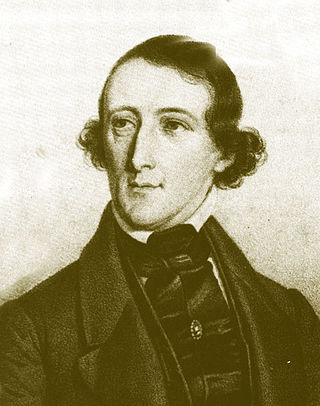
The Kermesse in Bruges, or The Three Gifts is a burlesque ballet in three acts created by the Danish ballet master and choreographer August Bournonville to music by Holger Simon Paulli, first performed by the Royal Danish Ballet on 4 April 1851. The Danish title is Kermessen i Brügge eller De tre Gaver. The ballet tells the story of three brothers who receive magic gifts from an alchemist.
Thomas Lund is the head master of The Royal Danish School of Ballet in Copenhagen. Lund admitted to The Royal Danish School of Ballet in 1986 aged 11. He became apprentice in 1991, member of the corps de ballet of The Royal Danish Ballet in 1993, soloist in 1996 and was appointed principal dancer in 2000. In September 2012 Lund retired as a Principal Dancer to become the head master of The Royal Danish School of Ballet He held that position until June 2022.

Nino Taranto was an Italian film actor. He appeared in more than 80 films between 1924 and 1971.

Naples Sings is a 1953 Italian musical melodrama film directed by Armando Grottini, starring Virna Lisi.
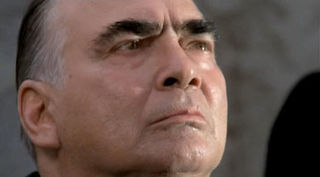
Nino Vingelli was an Italian film actor. He appeared in more than 200 films between 1941 and 2000.
Alban Lendorf is a Danish ballet dancer, choreographer, and actor, who was a principal with the Royal Danish Ballet and the American Ballet Theatre. He also was a guest artist with the English National Ballet and the Stanislavski Ballet.

Santa Maria Egiziaca a Forcella is a Baroque-style, Roman Catholic church located in the quartiere di Forcella, in the city of Naples, Italy;

Mala vita is an opera in three acts composed by Umberto Giordano to a libretto by Nicola Daspuro adapted from Salvatore Di Giacomo and Goffredo Cognetti's verismo play of the same name. Giordano's first full-length opera, Mala vita premiered on 21 February 1892 at the Teatro Argentina. It was subsequently performed in Naples, Vienna, Berlin and Milan, and various Italian cities over the next two years. In 1897 a considerably re-worked and revised version under the title Il voto premiered in Milan. Within a few years, both versions had disappeared from the repertoire. Amongst its rare modern revivals was the 2002 performance at the Teatro Umberto Giordano in Foggia which was recorded live and released on the Bongiovanni label.

Anne Marie Vessel Schlüter is a Danish ballet dancer who joined the Royal Danish Ballet in 1965. After retiring from the stage in 1988, she headed the Royal Danish Theatre's ballet school until 2006, maintaining the traditional Danish style of August Bournonville. In 1989 she married Poul Schlüter who served as Prime Minister of Denmark from 1982 to 1993.
